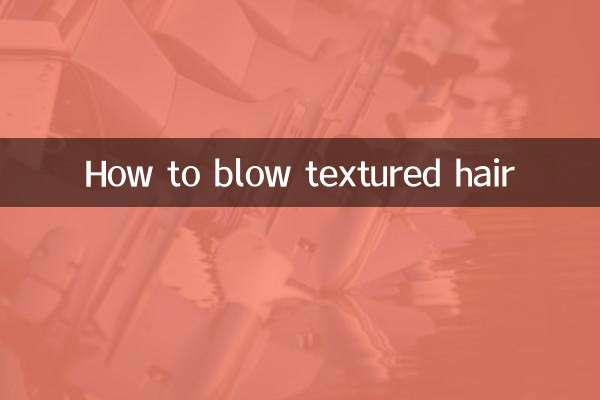How to detect jaundice
Jaundice is a common clinical symptom characterized by yellowing of the skin, mucous membranes, and sclera (whites of the eyes). It is usually caused by elevated levels of bilirubin in the blood and can be caused by a variety of causes, including liver disease, biliary obstruction, or hemolytic disease. This article will introduce the detection methods of jaundice in detail, and attach hot topics and hot content in the past 10 days to help readers fully understand this symptom.
1. Common examination methods for jaundice

The examination of jaundice mainly includes medical history inquiry, physical examination and laboratory examination. The following are common inspection methods:
| Check items | Check content | meaning |
|---|---|---|
| Medical history inquiry | Ask the patient if he has hepatitis, gallstones, drinking history, etc. | Preliminary determination of possible causes of jaundice |
| Physical examination | Observe the degree of jaundice on the skin and sclera, and touch the liver and spleen | Assess the severity and possible causes of jaundice |
| blood test | Test bilirubin, liver function, blood routine, etc. | Determine bilirubin levels and liver function status |
| Imaging examination | B-ultrasound, CT, MRI, etc. | Check for structural abnormalities of the liver, biliary tract, and pancreas |
| Urine test | Detection of urobilinogen and urinary bilirubin | Helps differentiate between hemolytic and obstructive jaundice |
2. Hot topics and content in the past 10 days
The following are the hot topics and content that have attracted attention across the Internet in the past 10 days. The health-related parts may be related to the examination or treatment of jaundice:
| hot topics | Hot content | Relevance |
|---|---|---|
| Hepatitis prevention and treatment | Publicity and popular science related to World Hepatitis Day | Hepatitis is one of the common causes of jaundice |
| neonatal jaundice | Guidelines for the care and treatment of neonatal jaundice | Directly related to the examination and treatment of jaundice |
| liver function test | Early signs and detection methods of abnormal liver function | Laboratory tests related to jaundice |
| gallstone treatment | Application of minimally invasive surgery in the treatment of gallstones | Gallstones may cause obstructive jaundice |
| healthy eating | Recommendations and taboos of liver-protecting foods | Indirectly affects the prevention and recovery of jaundice |
3. Precautions for jaundice examination
1.Seek medical attention promptly: Once jaundice on the skin or sclera is discovered, seek medical attention as soon as possible to avoid delaying treatment.
2.Preparation before inspection: Some blood tests require fasting, so it is recommended to consult a doctor in advance.
3.Cooperate with the doctor: Provide detailed medical history and living habits to help doctors accurately determine the cause of the disease.
4.Regular review: For patients with chronic liver disease, regular checks of bilirubin and liver function are crucial.
4. Summary
The examination of jaundice requires a comprehensive history, physical examination and laboratory results, and if necessary, imaging examinations are required to assist the diagnosis. Recent hot health topics, such as hepatitis prevention and neonatal jaundice, also provide the public with more relevant knowledge. If you or your family members develop symptoms of jaundice, it is recommended to go to the hospital for professional examination as soon as possible to determine the cause and receive timely treatment.
Through scientific examination and diagnosis, most cases of jaundice can be effectively treated. Maintaining a healthy lifestyle and regular physical examinations are important measures to prevent jaundice and related diseases.

check the details

check the details